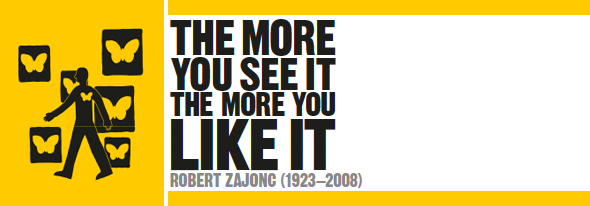
IN CONTEXT
Familiarity
1876 German experimental psychologist Gustav Fechner suggests familiarity increases positive feeling toward art objects, but “supersaturation” leads to aversion.
1910 Edward B. Titchener documents the mere exposure effect, describing it as a “glow of warmth” that people experience in the presence of familiar things.
1971 Psychologists T.T. Faw and D. Pien find that adults and children prefer unfamiliar line drawings and patterns to familiar ones.
1989 Robert Bornstein finds that the mere exposure effect is strongest when unfamiliar stimuli are presented briefly.
Until the middle of the 20th century, social scientists ...
Get The Psychology Book now with the O’Reilly learning platform.
O’Reilly members experience books, live events, courses curated by job role, and more from O’Reilly and nearly 200 top publishers.

